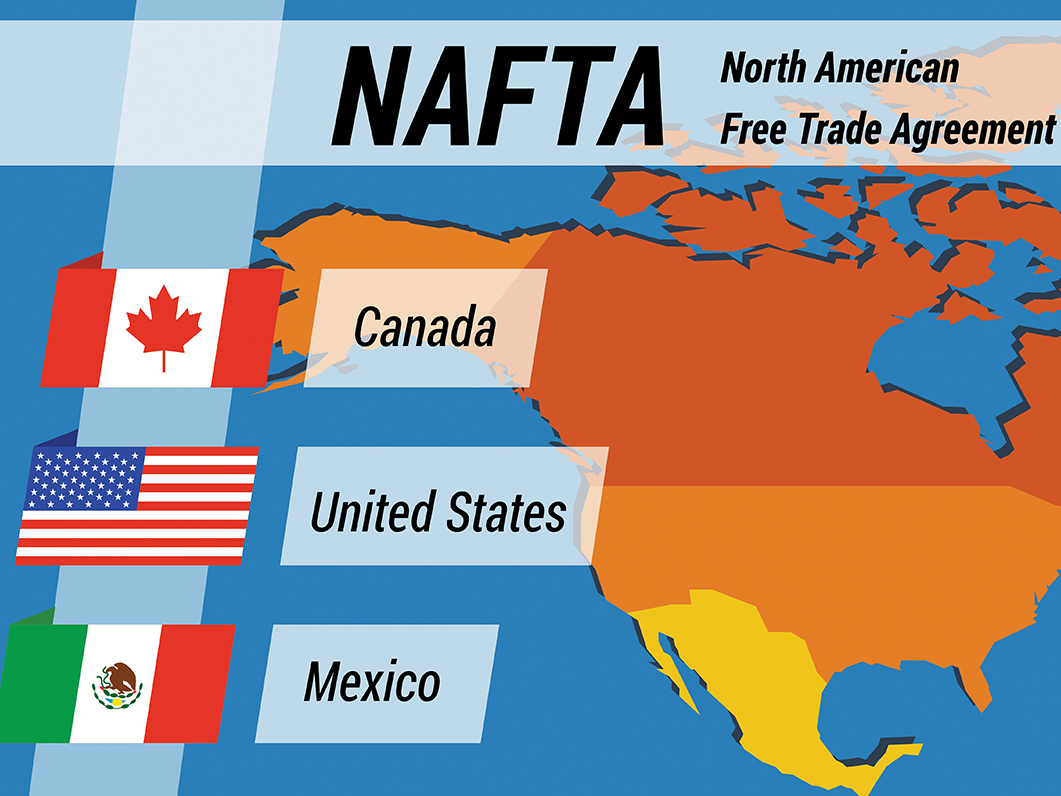If you missed news about the first round of NAFTA talks held in Mexico from Aug. 16-20 as reports of statues being torn down and solar events trumped (eclipsed?) industry stories, here’s a quick look at the trade agreement negotiations.
Nothing has changed. Much of the discussion centered on automobile manufacturing, with Robert Lighthizer, chief negotiator for the United States, telling his Mexican and Canadian counterparts that the U.S. looks to tighten the rules of origin. The provision covering U.S. production was reportedly unacceptable to Ildefonso Guajardo, Mexico’s economy minister, and Chrystia Freeland, the foreign minister representing Canada.
Detailed information from the talks has been scant, and President Donald Trump told a rally in Phoenix on Aug. 22 that the United States would “end up probably terminating NAFTA at some point.”
Put into effect during the Clinton administration in 1994, NAFTA was meant to remove most barriers to trade among the three participants. Over the years, as has been voiced by many in the ag industry, the deal has faltered on multiple fronts.
Formal negotiations on NAFTA – the U.S. is seeking what’s been termed a major overhaul – will bring the U.S., Canada, and Mexico together again in Mexico from Sept. 1 to 5. Later in September Canada will play host to the talks, and the U.S. will be the venue in October. More talks are planned for later in the year.
President Donald Trump has said publicly he does not believe the three nations can reach a deal, reiterating that NAFTA in its current form could be scrapped. During his 2016 campaign, he often criticized NAFTA for resulting in manufacturing job losses in this country as companies paid lower wages to workers outside the U.S.
Mexico and Canada, two of the United States’ biggest trading partners, have independently described the trade agreement as an overall success.
As the talks progress, OnionBusiness will sift through reports and interviews to bring the news that affects our industry most.


